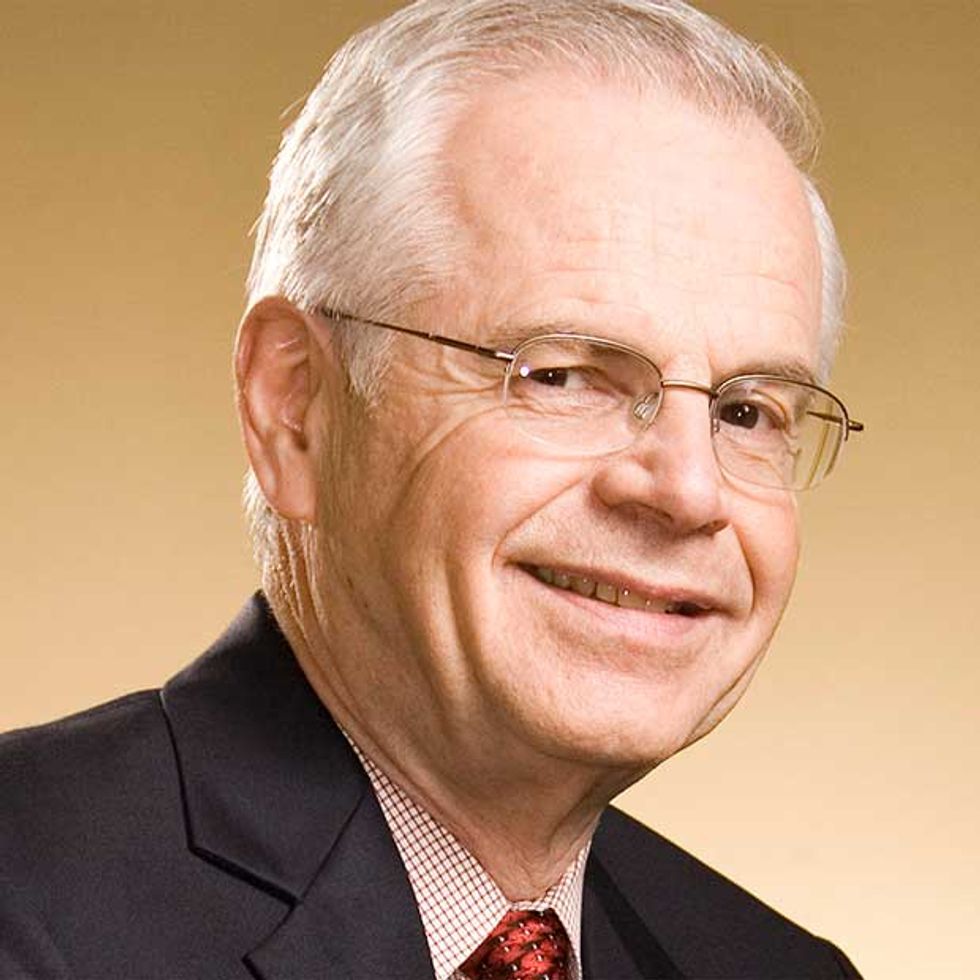THE INSTITUTE As IEEE begins its annual membership renewal drive, some wonder whether 2011 will be the year when at least half of IEEE's approximately 397,000 members reside outside the United States. It could happen. After all, last year 46.5 percent of members lived outside the country, and that percentage has been growing for years.IEEE is recognized as one of the most diverse technical societies in the world. The Institute asked 2009 IEEE president and CEO John R. Vig about IEEE's strides in membership diversity. Vig, one of the recent presidents born outside the United States (in Hungary), is a proponent of IEEE's globalization efforts.
How diverse is IEEE's highest governing body, the Board of Directors? Are the directors still mostly from the United States?

Vig: Of the 31 directors serving on the 2010 BOD, 12 reside outside the United States, and half (16 to be precise) were born outside the country. This is probably the most geographically diverse Board we've ever had.
What about the geographic makeup of student members?
Vig: In 1996, for the first time, the number of student members outside the United States exceeded the number of U.S. student members. Today, 76 percent of undergraduate student members and 66 percent of graduate student members are from countries other than the United States. In addition, 41 percent of higher-grade members reside outside the United States.
How many women belong to IEEE?
Vig: In 2009 there were 37,877 women in IEEE, which was still only 9 percent of the total membership but growing at a steady pace. Growth was fastest in Region 10 (Asia and Pacific), with 34 percent of the total, and Region 8 (Europe, the Middle East, and Africa), 18 percent. These regions also have the most IEEE Women in Engineering affinity groups. More than 60 percent of our female members reside outside of the United States. We still have a long way to go before we have sufficient gender diversity.
Is the technical background of members becoming more varied?
Vig: Yes. About 100,000 IEEE members have primary degrees in a field other than electrical or electronic engineering. They include computer scientists and engineers, physicists, materials scientists, biomedical and mechanical engineers, medical doctors, chemists, and IT professionals.In a 2008 survey that asked members to "indicate all of the fields in which you hold a degree," 66 percent had an electrical or electronic engineering degree, and 68 percent indicated a degree in something other than EE (some hold degrees in more than one field).
In addition, over the past 20 years, about half of the recipients of IEEE's highest award, the Medal of Honor, have backgrounds in fields other than electrical engineering. And many recipients of IEEE's other major awards are neither EEs nor U.S.-born.
How have IEEE societies expanded to cover other disciplines?
Vig: The fields of interest of about 16 IEEE technical societies and councils cover aspects of biology and medicine, including ultrasonics, bioinformatics, biosensors, biometrics, and nuclear medicine. Our list of technical interest profiles is another testament to the broad coverage of technology that is IEEE. The fields of interest of our technical societies and councils contain well over 100 fields, and this list grows each year.
How will IEEE continue to attract a diverse membership?
Vig: By having a renewed emphasis on IEEE being a leader in advancing technological innovation, and by welcoming into IEEE all who work in our fields of interest—independent of technical degree, nationality, and gender. Today membership in IEEE is open to individuals who by education or experience give evidence of competence in an IEEE designated field of interest. These fields are: 1) engineering, 2) computer science and information technology, 3) biological and medical sciences, 4) mathematics, 5) physical sciences, and 6) technical communications, education, management, law, and policy. That allows a broad range of technical professionals to join IEEE, and we have attracted members from outside our traditional fields of interest even without trying. Think of how many more members we could have if we tried to attract all those who work in our fields, independent of their college degrees. My hope is that, 100 years from now, IEEE will still be the world's largest technical professional society—one that has the most diverse technological fields of interest, the most comprehensive digital library on technology, and the most diverse membership, with many members in every country.*
*Editor's note: In 2009, the most recent year for which data is available, IEEE was the largest technical society in the world.
